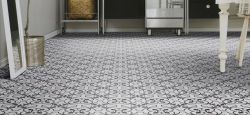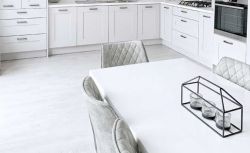What is sheet vinyl?
There are two types of vinyl flooring – sheet vinyl and
luxury vinyl tiles. As the names suggest, these two flooring types have different installation processes. Luxury vinyl tile, or LVT, is a multi-layered, water resistant, resilient flooring available in individual vinyl tiles or planks. You can read more about luxury vinyl tiles in our ‘
what is LVT’ guide. Sheet vinyl, as the name suggests, comes in a large continuous roll, a bit like carpet (and if you're struggling to choose between the two, have a ready of our guide on
vinyl vs carpet), and is laid as one piece at the same time. This type of vinyl is suitable for all areas and recommended most for bathrooms and kitchens where there is a lot of moisture, as it has very few seams for moisture to leak through.
How is vinyl made?
Vinyl sheet flooring is made up of several different layers of synthetic materials using modern production methods. On the top you have a wear and tear layer, finished with a clear coating to prevent scuffs and stains, add an extra layer of protection and water resistance. Underneath that, you have the design layer, which might be embossed to mimic the texture of a real wood, stone, or tiled floor. Finally, you have the backing layers, which gives you that soft underfoot feeling, and provides stability and structure. Some styles of vinyl will also have an additional layer of cushioned felt backing at the bottom to add extra comfort beneath your feet and reduce noise.
How long does vinyl flooring last?
Thanks to all the sturdy synthetic materials that make up vinyl flooring, one of the great advantages of vinyl flooring is that it will last for as long as you take care of it! We actually have a handy
care guide for vinyl which covers all our handy tips for keeping your vinyl in top notch condition.
What are the benefits of vinyl flooring?
The vinyl flooring pros and cons list is heavily in favour of the pros! Aside from the cost factor, there are many other benefits to choosing vinyl flooring: it's quick to install, hard-wearing, water-resistant, and easy to clean. Vinyl flooring features a wear and tear layer - a clear protective coating that goes on top of the design, which is stain-resistant, water-resistant, and slip-resistant, making it the perfect flooring choice for kitchens and bathrooms.
What designs are available on vinyl?
Vinyl flooring comes in a range of striking designs, from patterned tiles to a simpler stone or wood floor effect. If you like the look of tiled floors but think they’re too cold and too expensive, then vinyl is a great alternative. It’s more affordable, cheaper to fit, and is also warmer and softer underfoot.
At Tapi, our patterned vinyl collection includes gorgeous designs that look just like ceramic tiles, such as modern art deco tiles, traditional black and white Victorian tiles, colourful Moroccan mosaic tiles, and vintage Spanish tiles. Vinyl gives you a chance to play around and have a bit of fun with your floor!
Which room is best for vinyl flooring?
Thanks to its water-resistance, vinyl flooring is best for use in the bathroom, utility room, kitchen, conservatory, and hallway. Vinyl also has a slight texture on the surface - some are more textured than others - which offers slip-resistance. One of the few disadvantages of vinyl flooring is that the pattern repeat, like wallpaper, is approximately, 2x2m, so for larger areas you might see this repeat. The pattern repeat is not as obvious with laminate and LVT as the planks and tiles can be shuffled during installation.





























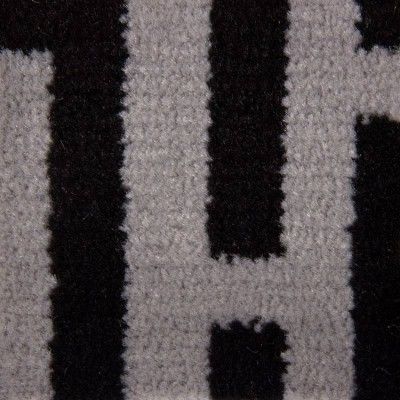
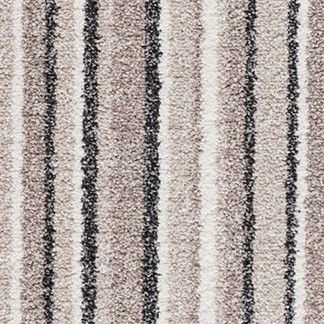
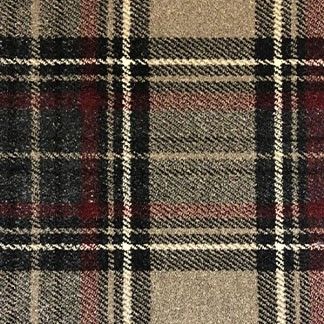
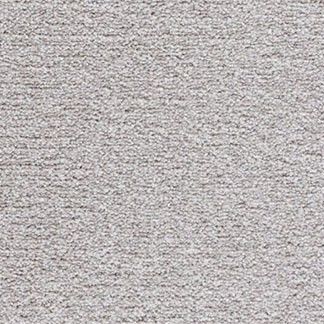











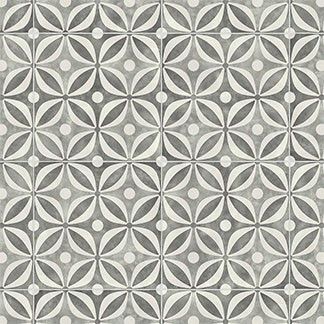
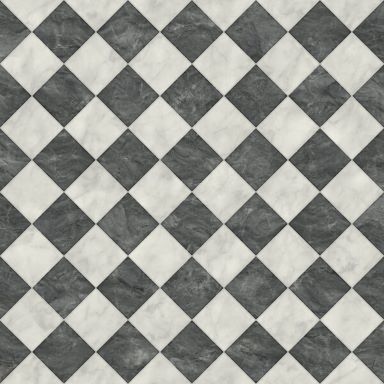
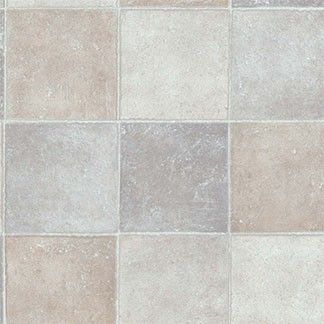
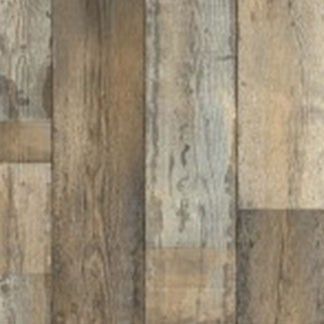









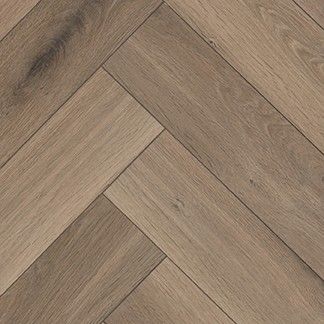
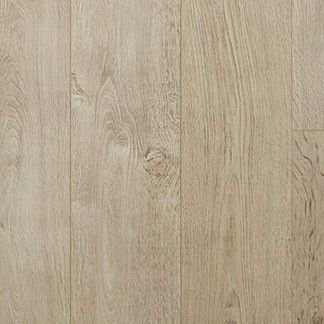
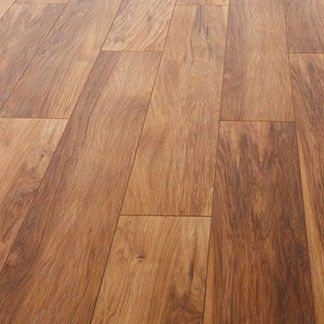
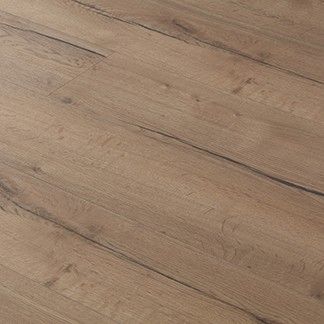
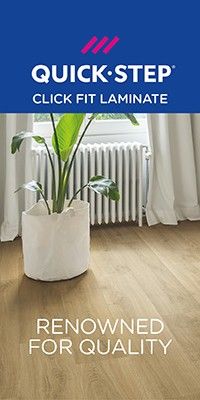








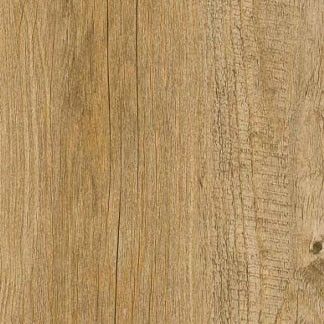
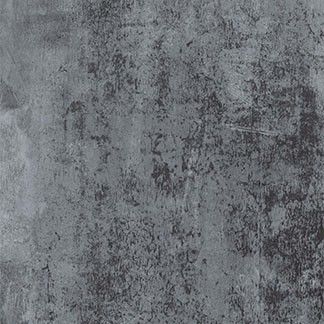
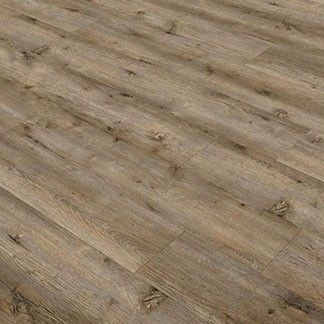
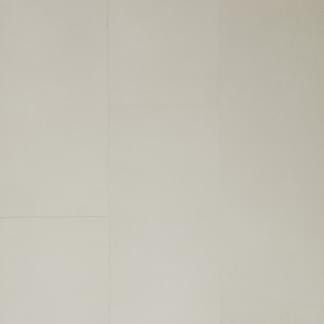
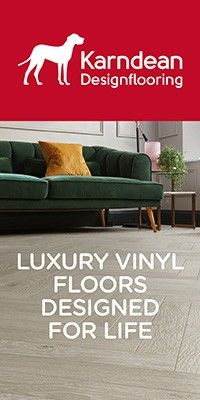



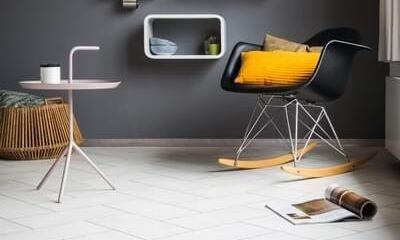
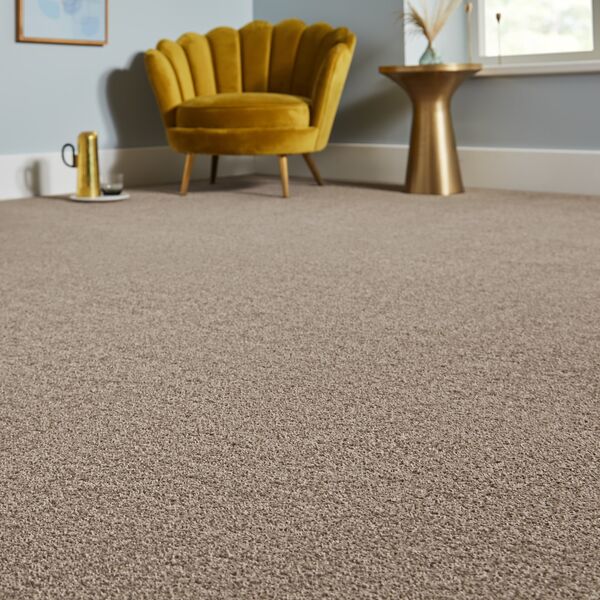
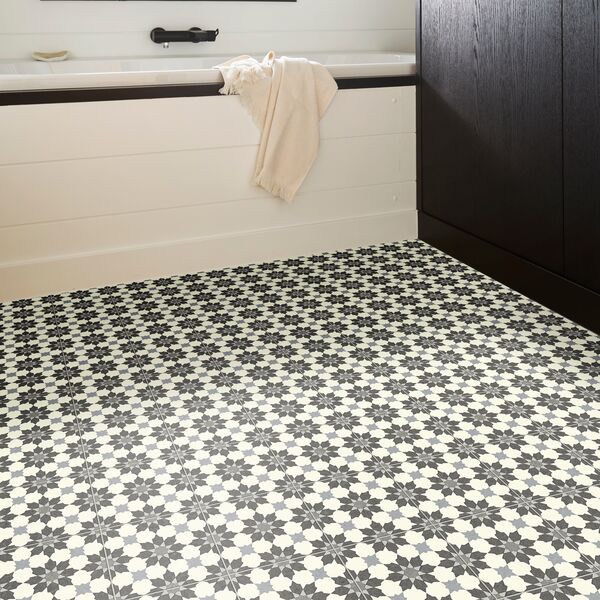
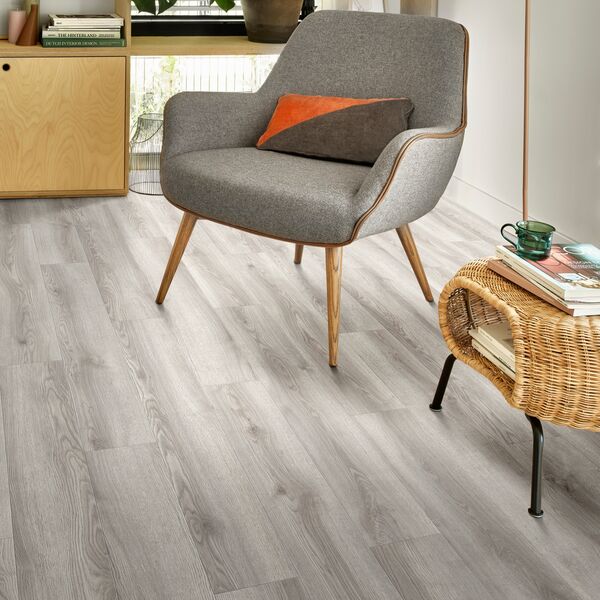
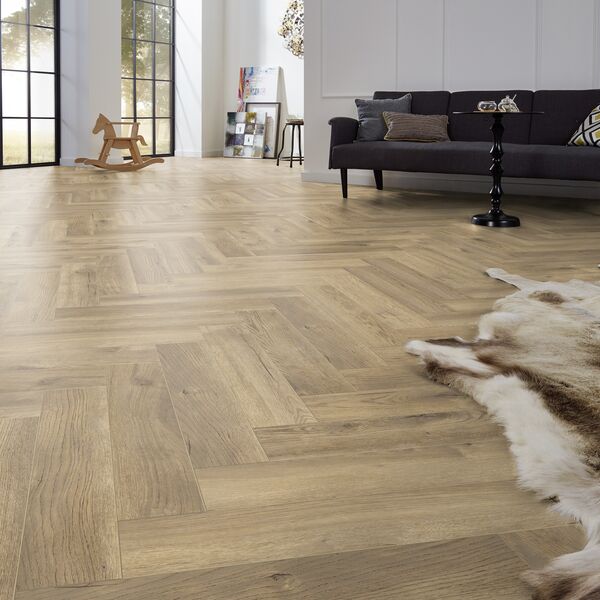
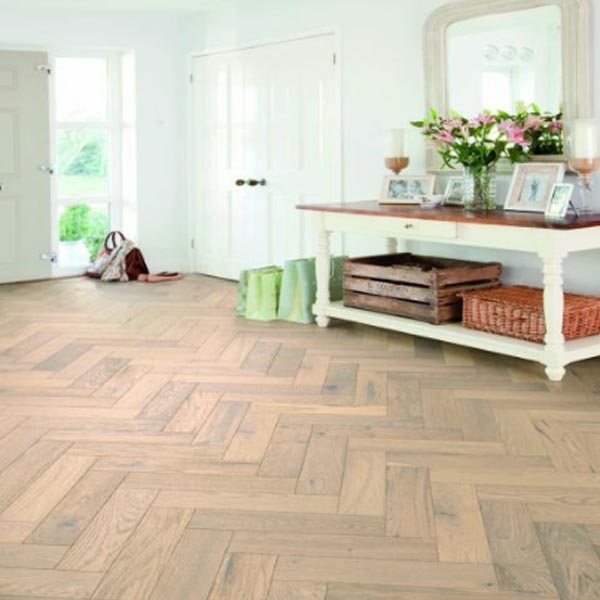
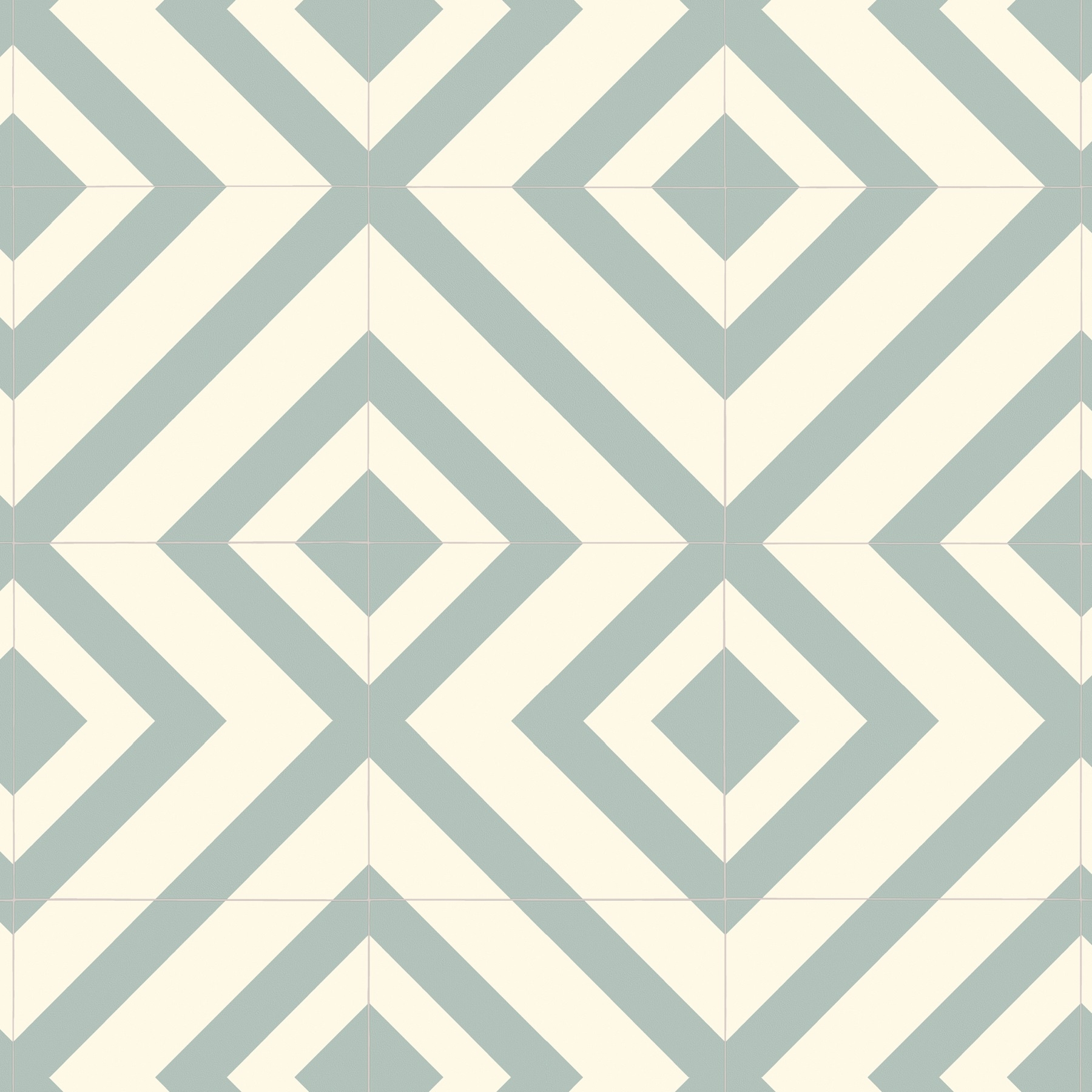
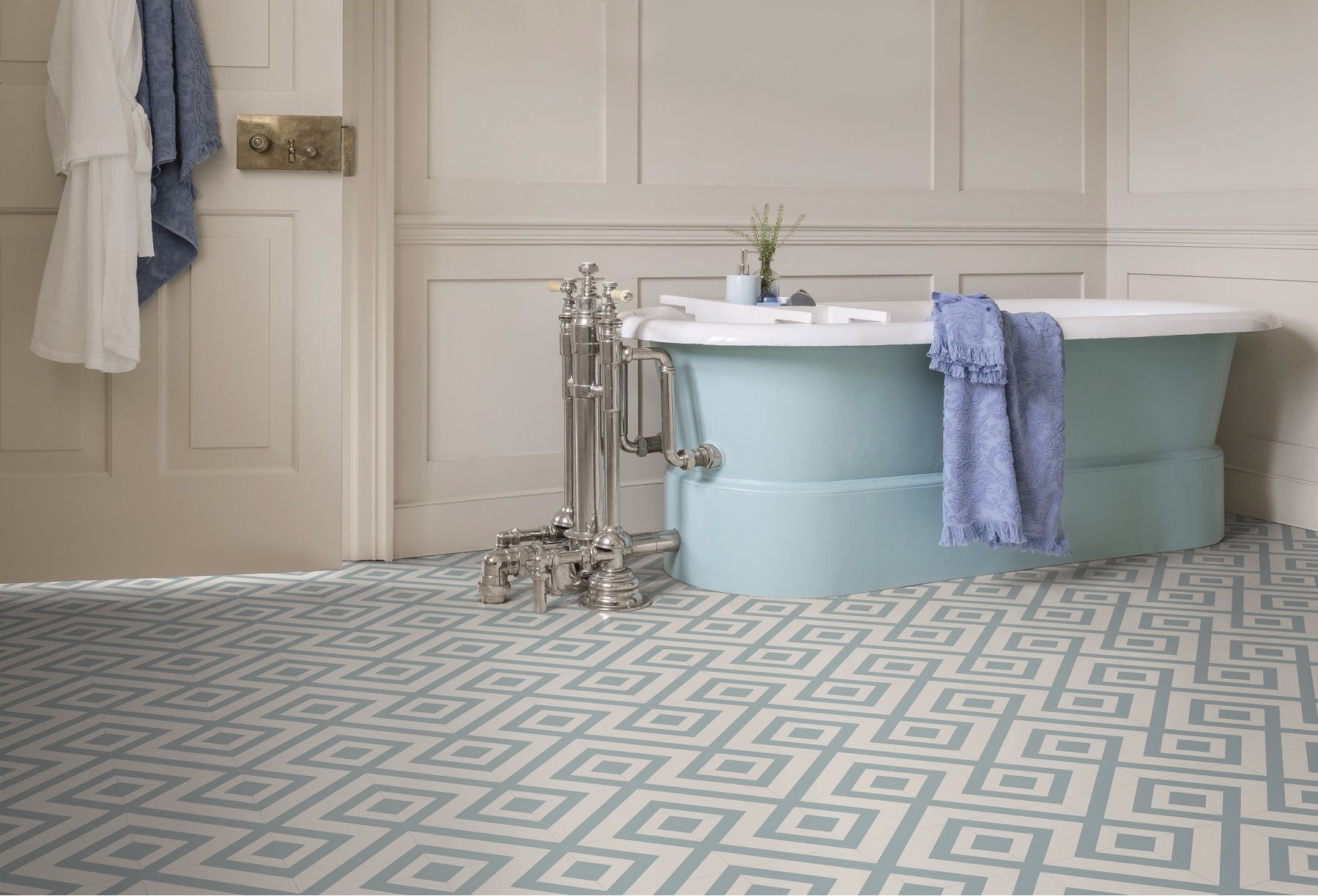
.jpg)
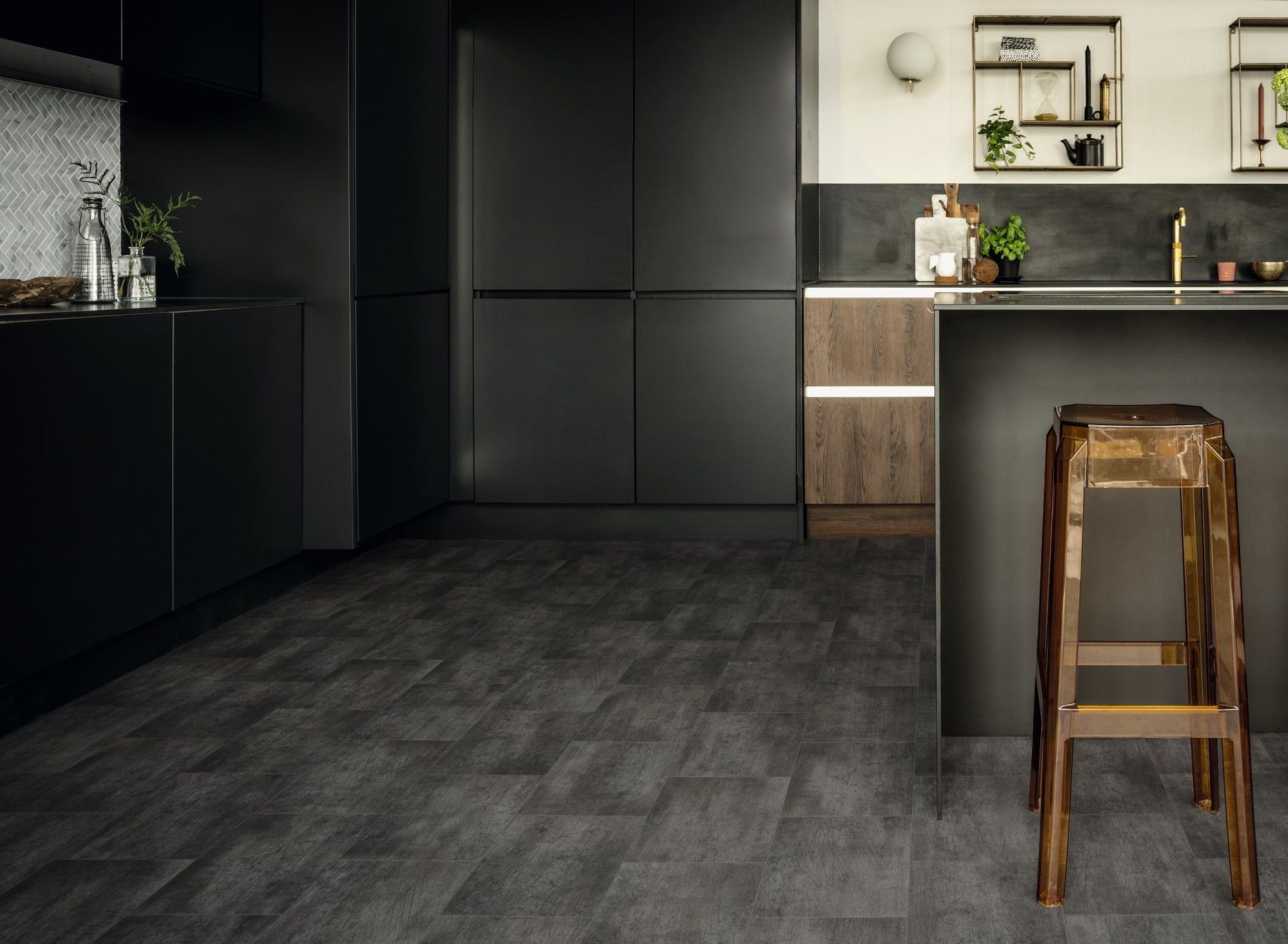

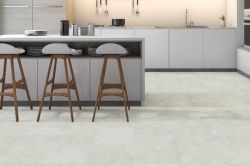
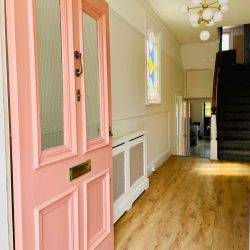
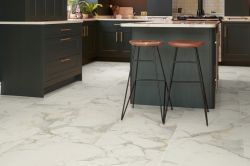
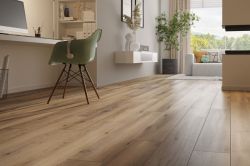

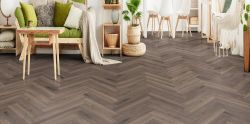
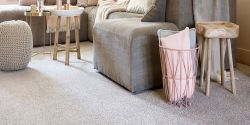
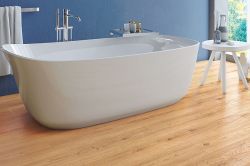
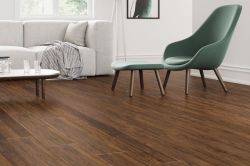
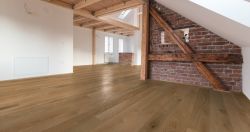

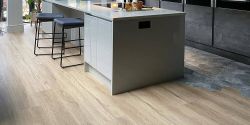
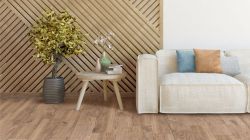
-250.jpg)
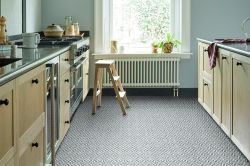
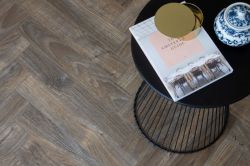
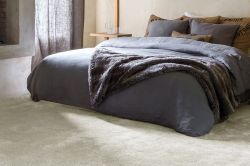
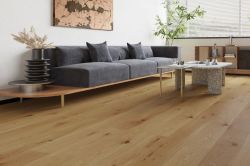
-250.jpg)
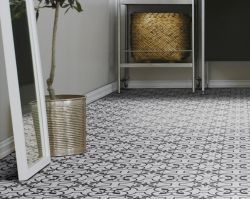
 copy-250.jpg)
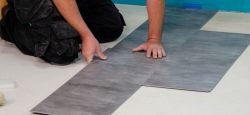

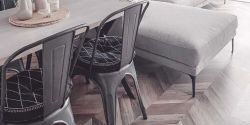
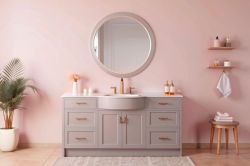
 - Article Image (not header)-250.jpg)
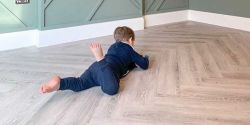
-250.jpg)

-250.jpg)
